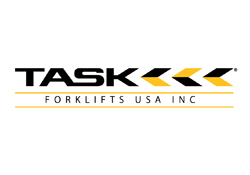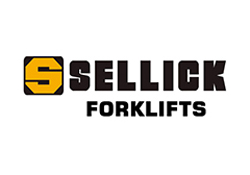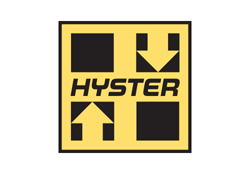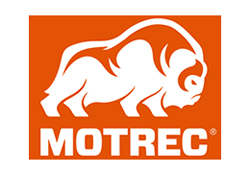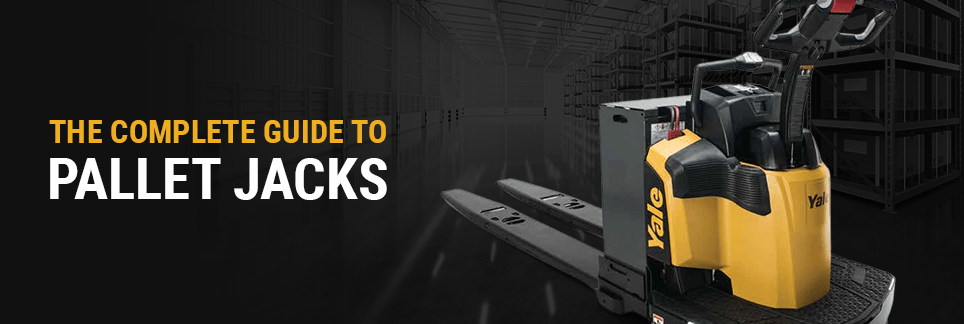
Pallet jacks are an essential tool found in warehouses, manufacturing plants, loading docks and other industrial settings. These versatile, wheeled devices can lift and transport heavy palletized loads.
To help you decide if a type of pallet jack is suitable for your material handling needs, we provide a comprehensive guide to pallet jacks, complete with the differences between manual and electric varieties.
What Is a Pallet Jack?
Also known as pallet trucks, pallet jacks are simple equipment designed to pick up and move pallets, containers and skids. They are a basic variant of forklifts, with manual pallet jacks being the most straightforward. The two types of pallet jacks are manual and electric. Both types allow a person to transport heavy pallets of materials — loads the operator wouldn’t be able to handle alone.
Common applications of pallet jacks include:
- Transporting small loads over short distances.
- Preparing orders for shipment at warehouse docking stations.
- Handling basic inventory tasks, such as moving pallets that need to be stored.
Whether you need to transport loads from the loading dock station to the pallet racks or move pallets from storage to the grocery store shelf, a pallet jack will make these tasks more manageable.
How Does a Pallet Jack Work?
Pallet jacks have a straightforward design and operation. When using a pallet jack, the operator must slide the forks underneath or into a pallet’s openings. The hydraulic pump lifts the loaded forks off the ground for efficient transportation in the warehouse. A pallet jack is easier to navigate in tight spaces and requires less maintenance than forklifts.
Knowing how to operate a pallet jack will make your daily operations faster and smoother.
So, how much weight can a pallet jack lift? Most pallet jacks can handle around 5,000 pounds, though this weight may vary if your jack is manual or electric model. Check the manufacturer details on a particular pallet jack to determine its load capacity. These details indicate how heavy a load the pallet jack can handle. The weight of the actual pallet jack, the profile height and the length of the forks can also affect how much weight a pallet jack can lift.
Should You Push or Pull a Pallet Jack?
Depending on how you need to maneuver it, you can either push or pull the pallet jack to your desired location. The position of its handle or tiller should indicate the optimal method of force. It is generally wiser to push manual pallet jacks. Meanwhile, electric types of pallet jacks operate in the pulling position with a controller.
When it comes to manual pallet jacks, pushing is often safer and requires less energy. By pulling, you risk twisting your body in a way that strains the lower back. Pushing with your legs for foundation gives you better control and visibility to maneuver around obstacles. You also protect your back and ensure that the pallet jack cannot run into you from sudden stops.
Overview of Manual Pallet Jacks
Manual pallet jacks are hand-operated pallet trucks consisting of a small frame that supports two forks. These material handling devices are designed specifically for horizontal transportation. The hydraulic spring can lift the forks six inches off the ground, while the handle or tiller helps maneuver it. Slide the forks into position under or through the opening of a pallet. Then, crank the handle up or down to lift and lower the loaded forks.
A manual pallet jack usually has a load capacity between 1,000 and 5,500 pounds. They are most commonly used to lift, lower and navigate wooden pallets for short distances. Retail and personal warehouse operations use manual pallet jacks to reduce the strain put on the workers lifting them.
How to Use Manual Pallet Jacks
Before operating the pallet jack, review any manuals or other operator documents. Your jack’s specific make and model could have unique components or capabilities that may not be obvious.
Many manual types follow similar guidelines for how to use a pallet jack:
- Stand behind the manual pallet jack and use both hands to operate the handle.
- Pump the lever on the handle down to raise the forks off the ground.
- Hold the lever down or squeeze the handle’s trigger to lower the forks back to ground level.
- Slide the forks underneath or through openings on the pallet and use the lever to lift it.
- Freely move the loaded pallet to the desired location and hold the lever down to lower the forks.
- Pull the jack away from the pallet once it is at ground level again.
Overview of Electric Pallet Jacks
Electric pallet jacks are motorized pallet trucks that use a rechargeable battery rather than consumable fuel. The electric motor is used to both propel the pallet and operate its forks, reducing the physical effort needed from the operator. These jacks are generally moved forward or in reverse with the throttle on the handle. To steer an electric pallet jack, swing the handle in the desired direction.
Like manual models, electric pallet jacks will lift loads a maximum of six inches off the ground. The electric motor allows motorized pallet jacks to lift and move heavier loads over longer distances, though they don’t typically exceed a lift capacity of 4,500 pounds. Specific models may even allow the pallet jack to travel on inclines.
How to Use Electric Pallet Jacks
Review your jack’s manual or other operator documents for detailed information about using your specific make and model of an electric pallet jack.
These instructions are a general guideline for how to use motorized pallet jacks:
- Unplug the pallet jack from the battery charger and remove or stow the charging cord.
- Use both hands to hold the controller on the jack’s handle.
- Ensure that the forks are lowered all the way to ground level.
- Twist the controller to move the jack forward or twist it in the opposite direction to move the jack in reverse.
- Swing the handle to steer the jack to the pallet that needs moving.
- Slide the forks underneath or through openings on the pallet and lift it with the controller.
- Steer the jack to the desired location. The jack’s electric motor will propel the pallet so that the operator can focus on steering.
- Use the controller to lower the loaded forks back to ground level once the pallet is in position.
- Reverse the jack away from the pallet to slide the fork out from underneath.
- When not in use, plug the pallet jack back into the charger.
How Much Does a Pallet Jack Cost?
Pallet jacks are a cost-effective material handling solution for warehouses that lack the budget to purchase and maintain a forklift. If you need to move loaded pallets, a pallet jack can handle this task while enabling you to navigate much smaller spaces. Additionally, jacks don’t require the same amount of training and financial investment as forklifts.
Standard manual types of pallet jacks generally cost between $199 and $599, with the purchase price of a new electric pallet jack costing 8-10 times that of a manual model. When comparing a pallet jack vs forklift, these prices are still more affordable than a new forklift which may cost anywhere from $20,000 to $50,000.
Find the Right Pallet Jack at Gregory Poole Lift Systems
At Gregory Poole Lift Systems, we provide world-class and specialized products to address all of your material handling needs. Our superior customer care ensures that we deliver a solution that meets your unique application requirements.
Browse our selection of quality pallet jacks and learn more about our equipment for sale. Call (800) 447-3125 or contact us online today to get a quote for a new manual or electric pallet jack.
